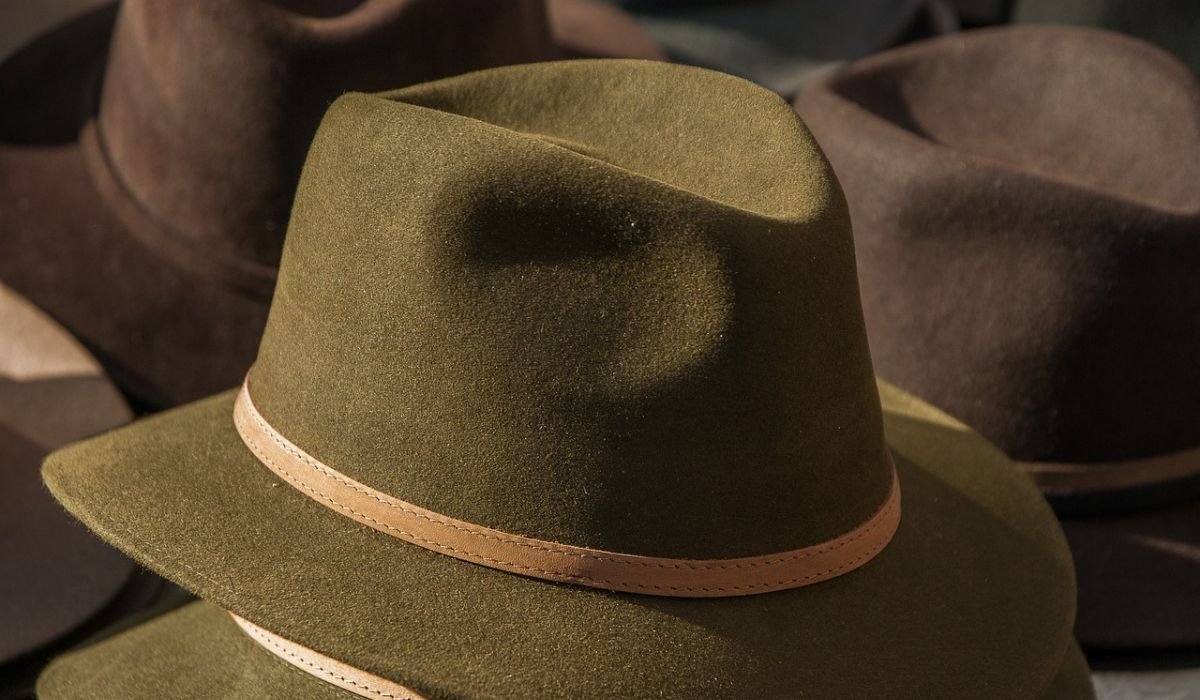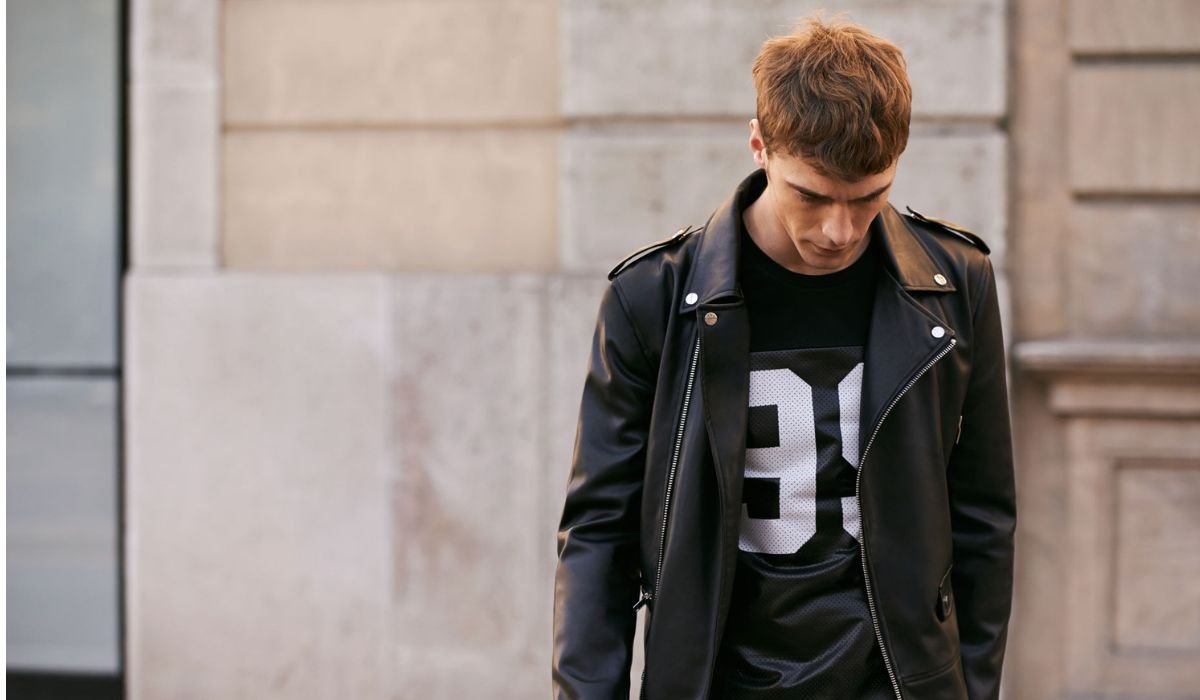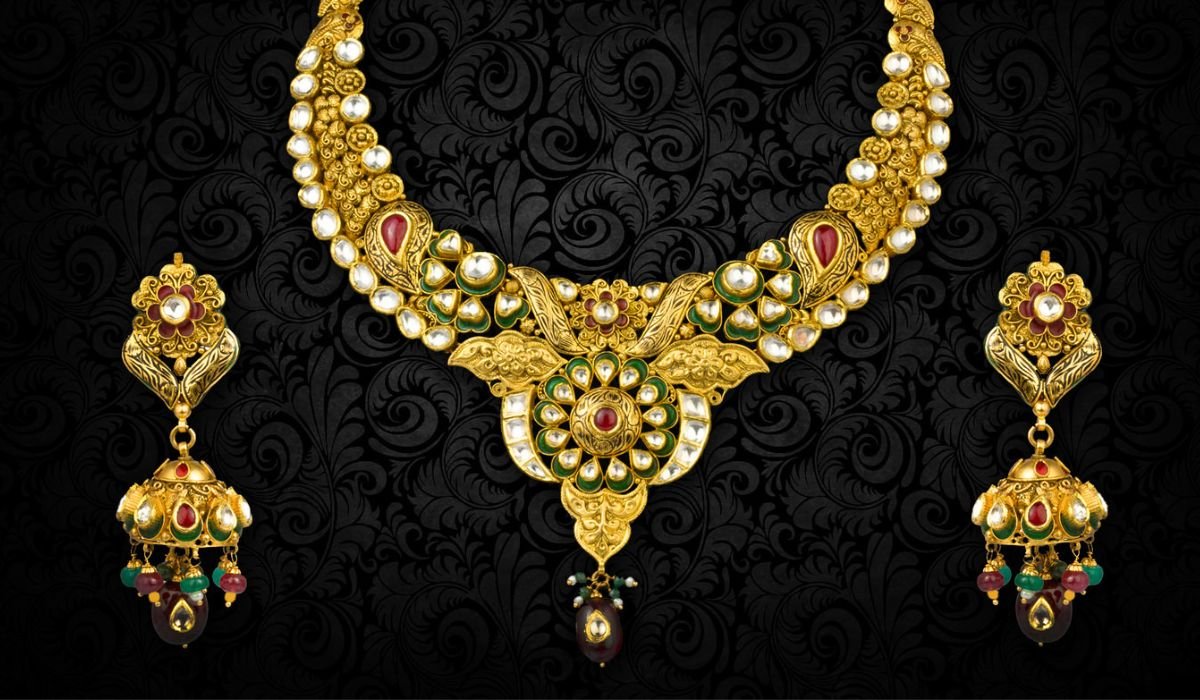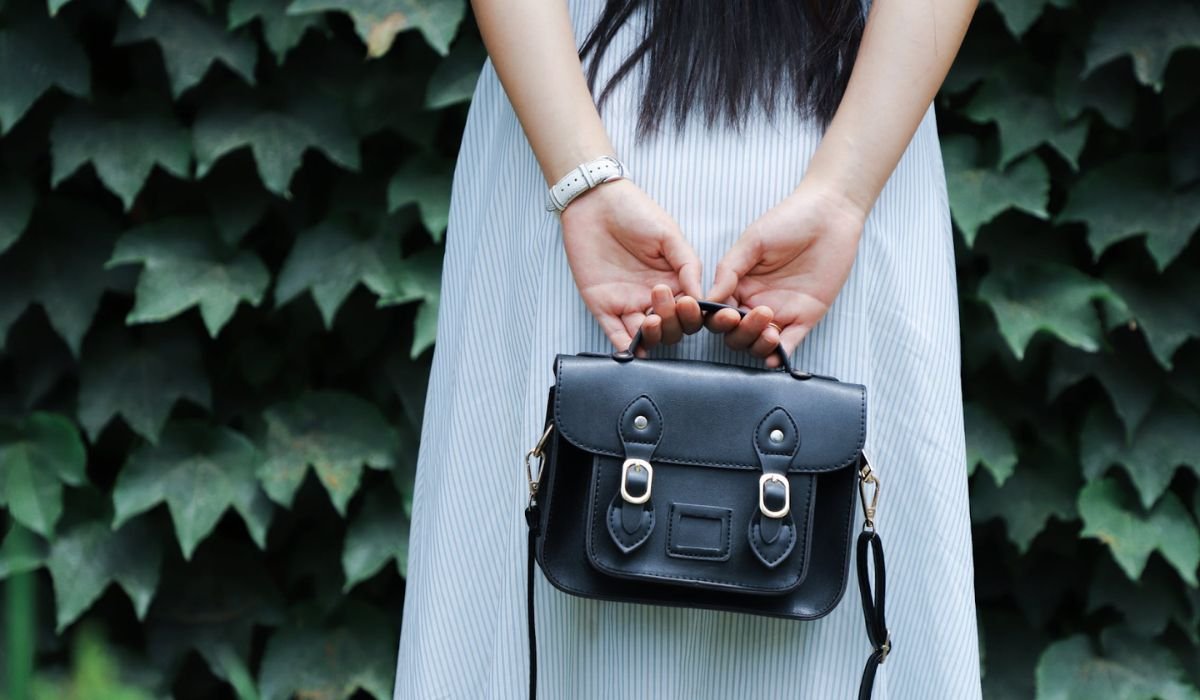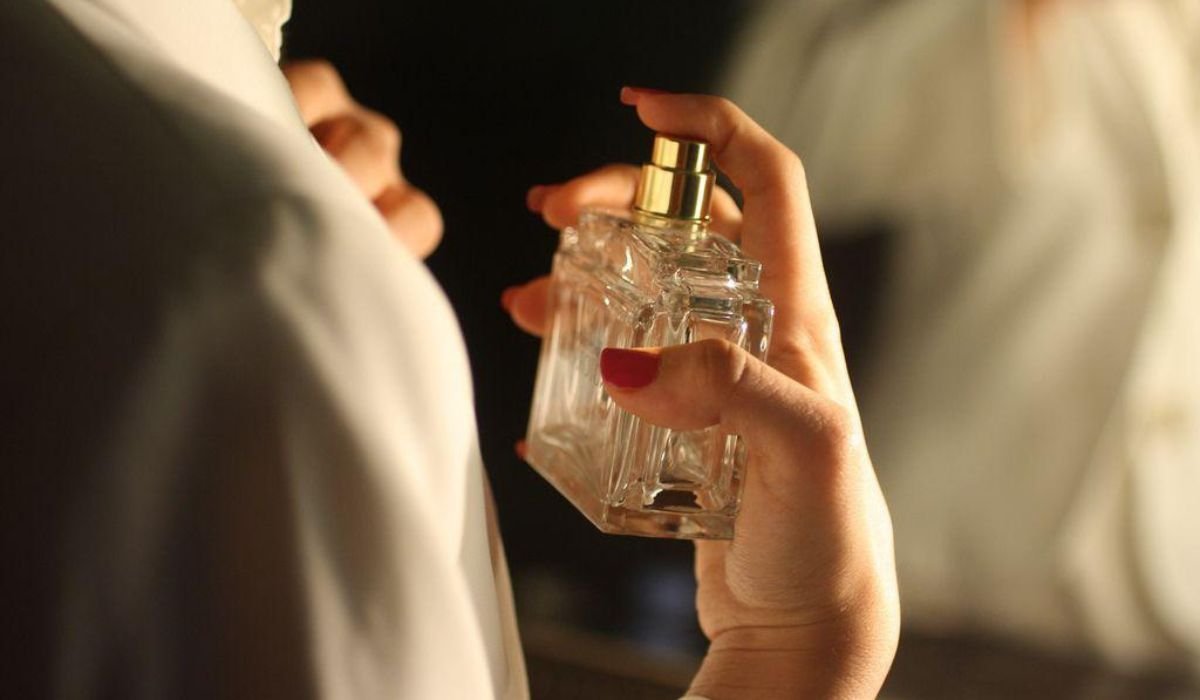Introduction to Fezes and Fedoras
Fezes and fedoras are more than just hats—they’re iconic symbols woven into the fabric of history and fashion. From bustling Middle Eastern markets to stylish jazz clubs, these headpieces have adorned heads around the world, each carrying its own story and significance. Whether you’re drawn to the fez’s cultural richness or the fedora’s timeless charm, understanding their origins can give you a deeper appreciation for these fashionable accessories.
The fez, recognized for its distinct, flat-topped design, traces its roots to the Ottoman Empire. Named after the Moroccan city of Fez, this headwear became a symbol of modernity in the 19th century. It held particular cultural significance in countries like Turkey, where it was worn by the ruling class and later by citizens during reforms aimed at Westernization.
On the other hand, the fedora emerged in the Western world during the late 19th century. Its name comes from a play written by Victorien Sardou, where the heroine, Fedora, sported the hat. The fedora quickly became a favorite among men, symbolizing class and sophistication. It gained popularity as a staple in men’s fashion, often associated with the elegance of the early 20th century.
In this post, we’ll explore how to integrate these iconic hats into your style, maintain them, and understand their cultural impact—so let’s get started on this stylish journey!
Style Guide Choosing Between Fezes and Fedoras
Choosing between a fez and a fedora can be an exciting decision. Both offer unique styles but suit different personalities and occasions. Here are some guidelines to help you decide:
Face Shape and Personal Style
When considering your face shape, a fez can add volume and height, making it ideal for those with round or oval faces who wish to elongate their silhouette. Its unique shape complements people with angular features, bringing a sense of balance. On the other hand, a fedora, with its wide brim and pinched crown, is versatile and suits most face shapes, particularly those with square or heart-shaped features, by softening strong lines.
Personal Style
Your personal style also plays a significant role. If you lean towards traditional or vintage looks, a fez might be your go-to accessory. It pairs well with classic outfits and adds a touch of eclectic charm. Meanwhile, a fedora fits seamlessly into both formal and casual settings, making it a versatile choice for a wide range of wardrobes.
Occasion
Consider the occasion for which you’re wearing the hat. Fezzes often make an appearance in cultural or ceremonial settings, where their rich history can be appreciated. Conversely, fedoras offer flexibility, appropriate for anything from weddings to casual outings or jazz festivals.
Maintenance Tips for Fezes and Fedoras
Proper care and maintenance can extend the life of your beloved hat, keeping it as stylish as the day you bought it. Here’s how to maintain your fezes and fedoras:
Cleaning
For fezes, gentle brushing with a soft bristle brush helps remove dust and lint. If it has any stains, spot cleaning with a mild detergent and a damp cloth usually does the trick. Avoid all forms of machine washing, which can damage the hat’s shape and fabric.
Fedoras, often made of felt or straw, require regular brushing to remove surface dirt. For deeper cleaning, use a damp cloth for felt fedoras and a soft, dry brush for straw versions. In case of stubborn stains, professional cleaning is recommended to preserve the hat’s material.
Storing
Store your fez in a dry, cool place. A hatbox is ideal, as it protects the fez from dust and maintains its shape. For fedoras, storing them upside down on their crowns helps retain the brim’s shape. Avoid placing them on hooks, as this can distort the crown over time.
Preserving Quality
To preserve the quality of your hat, avoid exposure to extreme weather. Intense sunlight can fade colors, while rain can warp certain materials. If your hat does get wet, gently reshape it and allow it to air dry away from direct heat sources.
Cultural Impact of Fezes and Fedoras
Fezes and fedoras have left indelible marks on fashion and culture, each weaving its influence through time in unique ways.
Influence on Fashion
The fez, with its historical roots, continues to symbolize cultural identity in many regions. In pop culture, it has made appearances in films and TV series, often used to signify wisdom or tradition. Despite being less common in everyday wear, the fez remains a staple during festivals and traditional ceremonies.
The fedora, however, has seen waves of popularity throughout the decades. From Humphrey Bogart’s classic look in Casablanca to Indiana Jones’ adventurous style, the fedora has been a symbol of suave masculinity. Its appeal transcends gender, with modern fashion icons incorporating it into various ensembles, reinforcing its timeless allure.
Pop Culture Presence
Fezzes gained a quirky boost in popularity with the Eleventh Doctor from Doctor Who declaring, “Fezzes are cool.” This statement led to a resurgence of interest among fans, blending tradition with contemporary fandom.
Fedoras have been a staple in numerous film noirs and gangster movies, solidifying their association with mystery and intrigue. Today, they are embraced by musicians and artists, further embedding the fedora into the fabric of pop culture.
Where to Buy High-Quality Fezes and Fedoras
Finding the right fez or fedora means knowing where to look for quality craftsmanship. Here are some recommendations:
Reputable Retailers
Online marketplaces like Etsy are treasure troves for custom and handmade fezzes, offering pieces rich in detail and cultural authenticity. For fedoras, retailers like Goorin Bros and Stetson provide a wide array of styles crafted with precision and expertise.
Offline Shops
For those who prefer a traditional shopping experience, specialty hat shops in larger cities offer personalized fittings and a chance to explore various styles in person. These outlets often carry a curated selection of both fezzes and fedoras, allowing you to find the perfect fit.
Considerations When Buying
When purchasing a fez or fedora, consider the material and craftsmanship. Look for high-quality fabrics that promise durability and comfort. Don’t be afraid to ask questions about the hat’s origin and care instructions—knowledgeable salespeople are often eager to share insights.
You May Also Like: Discover the Magic of Hair gwt460aw
Conclusion
Fezes and fedoras are more than just fashion statements; they are expressions of history, culture, and personal style. Whether you’re drawn to the fez’s unique charm or the fedora’s classic elegance, these hats offer endless possibilities for self-expression.
By understanding their historical significance and learning how to incorporate them into your wardrobe, you can make these timeless pieces a cherished part of your fashion repertoire. Remember, caring for them ensures they remain as striking as the day you first wore them.
FAQs
What is the origin of the fez?
The fez originates from the Ottoman Empire and is named after the city of Fez in Morocco. It became a popular symbol of modernity in the 19th century.
Are fedoras suitable for both men and women?
Yes, fedoras are versatile and can be styled by anyone. They complement various outfits and occasions, making them a favorite in gender-neutral fashion.
How can I ensure my fedora fits well?
Visit a specialty hat store for a professional fitting. They can adjust the hat to your head shape and size, ensuring optimal comfort and style.
What materials are fezes typically made of?
Fezzes are commonly made from felt or wool, with some versions featuring intricate embroidery or tassels for decorative purposes.
Can I wear a fez casually, or is it only for formal events?
While traditionally worn during formal events, fezzes can be styled casually with eclectic or bohemian outfits, adding a unique touch to your everyday look.







